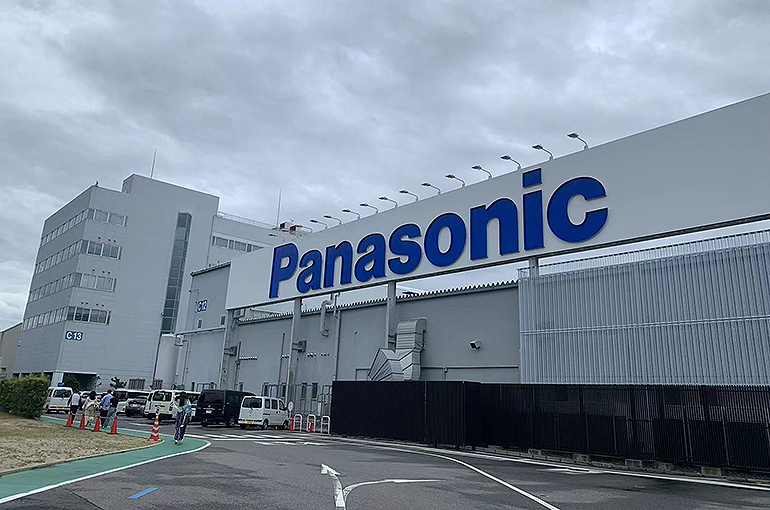 Panasonic Seeks Opportunities in China for Hydrogen Fuel Cell Business
Panasonic Seeks Opportunities in China for Hydrogen Fuel Cell Business(Yicai) Sept. 20 -- Panasonic has been developing pure hydrogen fuel cells in Japan and the company hopes to promote the business in China, Yicai Global learned during a recent visit to one of its plants.
The Osaka-based electronics manufacturer said it will showcase related products and plans at this year’s China International Import Expo, which will be held in Shanghai from Nov. 5 to 10.
The plant in Kusatsu, Shiga prefecture began to produce fuel cells in 2009. Its 4,000 square meter fuel cell factory has about 200 employees and produces about 100 fuel cells each day for household use.
Panasonic has a 70 percent share of the European household fuel battery market, according to the head of the plant, who noted that the firm has produced 240,000 household fuel cells since it started mass production in 2009 and plans to further explore the Chinese market.
Panasonic launched the Panasonic Green Impact campaign in April last year with the aim of reaching net-zero in-house emissions by 2050. To achieve the goal, the company has been developing a fuel cell called Ene Farm, which uses a chemical reaction of hydrogen and oxygen to generate electricity and heat.
The Kusatsu plant also has a large pure hydrogen fuel cell solution verification project. The project covers an area of 6,000 sqm, with solar cells installed over 4,000 sqm, and it operates 99 pure hydrogen fuel cells and rechargeable batteries with a capacity of 1.1 megawatt hours.
An energy management system coordinates and manages these three sources to achieve a stable power supply that does not rely on the weather. The solar cells generate about 20 percent of the total power supply, and the pure hydrogen fuel cells about 80 percent.
Prohibitive Cost
Hydrogen has not yet become widely used mainly because it is too expensive, Norihiko Kawamura, who runs Panasonic’s hydrogen business promotion office, told Yicai. Such fuel cells use 0.6 cubic meters of hydrogen to generate 1 kilowatt hour of electricity, which costs JPY60 (41 US cents), he added.
The Japanese government aims to lower the hydrogen price to JPY30 per cbm by 2030 and JPY20 by 2050, Kawamura said.
Having conducted verification since May 2022, Panasonic plans to use the hydrogen fuel cells next year in the fields of industry and commerce.
Panasonic also seeks to promote hydrogen fuel cells in China, but recognizes that will be difficult due to hydrogen supply issues and the cost of equipment, Kawamura said.
The firm needs to pay a 5 percent tariff and 13 percent value-added tax as well as freight charges to export equipment from Japan to China, so it needs the help of the Chinese government and supportive policies to promote hydrogen fuel cells in the country, he noted.
The 5 KW cogeneration system Panasonic unveiled this year can be a demonstration project for urban areas, Zhao Jishi, secretary general of the China Hydrogen Development and Innovation Alliance for Urban Gas, told Yicai.
But the system faces challenges such as expensive hydrogen, the fact that China’s electrical power system is different from Japan’s, and competition from solid oxide fuel cells, Zhao added.
Editor: Tom Litting